Are our pets following our trends?
There are signs that can indicate a dog is carrying a bit more weight than he should be. Firstly, when looking at a dog of the correct weight, a waist should be visible. This is located behind the rib cage and should go in slightly. Sagging stomachs and bulges at the side of the dog are also other signs. On closer inspection, the dogs ribs should be able to be felt, as should the backbone and the hips.
If a dog is overweight, the chances are that no bones will be able to be felt, if this is the case, a visit to the vet should be planned with extra emphasis put on weighing the dog and devising a gradual weight loss programme.
According to leading dog food manufacturer statistics, 76% of pet owners believe their pet's weight to be 'just right', but actually, up to 50% of and dogs are overweight. "Obesity among pets is one of the most significant nutritional problems seen by veterinarians,' stated Dr. Dennis Jewell, a companion animal nutrition expert. This view is not exclusive to animal health manufacturers, a survey from the Chartered Society of Physiotherapy (CSP) found that over four fifths of animal physiotherapists cited obesity as the number one problem facing dogs in the UK.
Obesity in dogs is a serious medical problem!
Overweight dogs face ailments such as diabetes, arthritis, breathing problems, heart trouble and liver and kidney conditions. In addition, an inability to tolerate heat, lethargy and an unwillingness to exercise may also become evident. Excessive weight can shorten a dogs life so this problem should be taken very seriously.
In today's modern life, people are so busy that exercising their dog twice a day is something that maybe slips, and therefore too much food and too little exercise causes obesity in dogs and cats.The commitment and effort involved for owners cannot be taken lightly.
There are no quick fixes with any weight loss and a gradual reduction is the only way to approach this task. The key is to reduce the dogs calorie intake whilst increasing exercise but for some dogs, the conventional approach to exercise, i.e, long walks, might not be appropriate due to the pressure exerted on the dogs joints. If this is the case, hydrotherapy where the dog swims is advisable as is taking the dog on many short walks on a non-concussive surface.
As for diet, titbits should be avoided. Many people insist that they do not overfeed their dogs and that they obey the manufacturers guidelines as far as amount is concerned. The only problem is that often the use of titbits is not included in this equation. The calories that a dog receives from titbits should be removed from their daily intake of food but, with an overweight dog, titbits should be low fat and not issued regularly.
A balanced diet is always essential, as even if the dog is dieting, his body will still require certain vitamins and minerals. Special diet foods are ideal as they will have a low calorie value but will be high in fibre, this means that the dog will feel full, there will be a reasonable amount of food in the bowl and it will be doing him the world of good. Using a smaller bowl to make it appear fuller as well as spacing out meals may also help to keep hunger to a minimum.
Remember that before embarking on a weight loss programme it is ESSENTIAL that you consult your dogs vet, as there may be something else that is causing the weight gain.

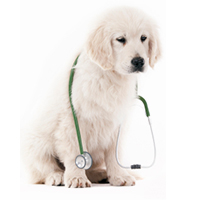 What To Do If Your Dog Ate Chocolate
Chocolate is toxic to dogs and depe
What To Do If Your Dog Ate Chocolate
Chocolate is toxic to dogs and depe
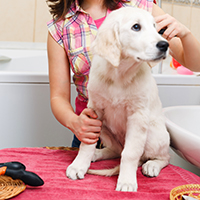 The Glamorous Shih Tzu Coat, From Top Knot to Tail
When seen floating across the show
The Glamorous Shih Tzu Coat, From Top Knot to Tail
When seen floating across the show
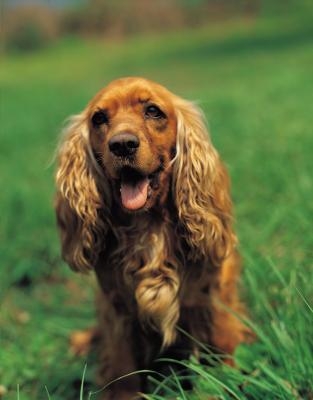 How to Know When to Euthanize Your Dog
How to Know When to Euthanize Your Dog
How to Know When to Euthanize Your Dog
How to Know When to Euthanize Your Dog
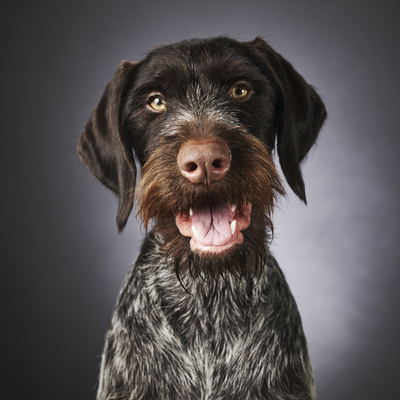 Breed Improvements: Old Problems and New Solutions
There is a general movement within
Breed Improvements: Old Problems and New Solutions
There is a general movement within
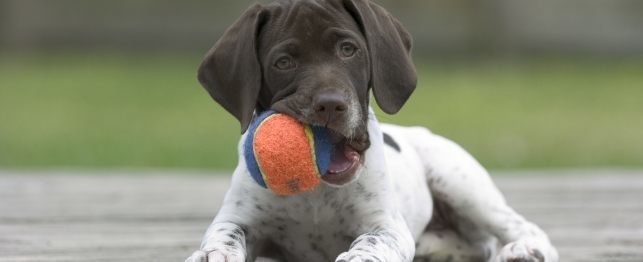 Bring A Puppy Home - What You Should Do for the First 24 Hours
Bring A Puppy Home - What You Should Do for t
Bring A Puppy Home - What You Should Do for the First 24 Hours
Bring A Puppy Home - What You Should Do for t